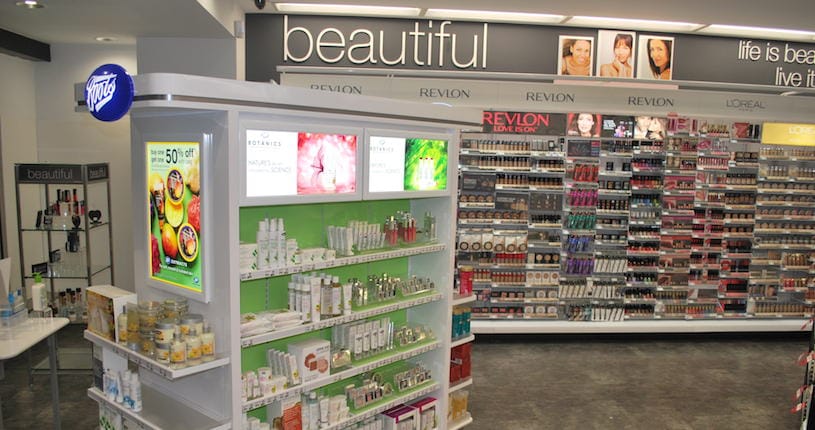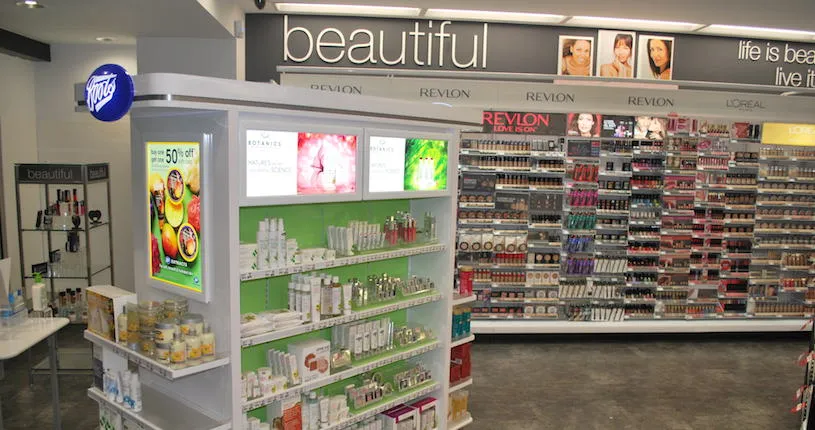
One-third of the way into the new year, the chain drug store industry is hardly setting any worlds on fire. Business is good, but noteworthy only in the fact that it’s not better.
America’s chain drug industry has significantly dialed down the pace of mergers and acquisitions that had characterized it over the past two years. The industry’s senior management ranks have stabilized to the point of monotony. In other words, the executives who led the chain drug industry last year at this time are, in the main, those who continue to lead it today.
What’s newest, then, revolves more closely on the internal makeup of the stores themselves rather than any wild new programs designed to generate more traffic, more sales or more earnings. Internally, the heart of the chain drug store remains the pharmacy, even as other product categories undergo revision and a reduction in significance.

Foremost among this second group appears to be beauty care, a category that traditionally ranks behind only health care as a revenue generator. What’s happened to beauty care is that it is facing unprecedented competition within the U.S. mass retailing community.
Put another way, all manner of mass retailers now offer a beauty range, meaning that it’s become more difficult for chain drug stores to differentiate themselves and so offer advantages to the consumer willing to spend her beauty care dollars in a chain drug store environment. In response, drug chains are reducing their commitment to beauty care.
Elsewhere, chain drug stores continue to seek ways to differentiate themselves from their non-drug-store competition. That’s becoming more challenging as the mass retailing community increasingly duplicates chain drug merchandise assortments in an effort to win business once the exclusive province of the chain drug segment.
Add to that the fact that the mass retailing community has grown dramatically as such segments as dollar or “value” stores continue to add outlets and expand assortments in an effort to challenge chain drug supremacy. Finally, the merchandise categories these retailers most often turn to are such basic drug store staples as health care and convenience food.
As a result of all this activity, the chain drug store community is in a transitional period, opening stores at a leisurely pace while reducing the merger and acquisition fever that characterized the industry in recent years.
Not that growth through acquisition is being ignored. Walgreens’ acquisition of Rite Aid is nearing completion. And many industry people continue to believe that CVS will soon make an acquisition, either here or in another country. And indeed it appears that CVS, in the current chain drug environment, has emerged as the most energetic drug chain, rolling out new concepts and activities more quickly — and successfully — than any of its competitors.
Elsewhere, there’s relatively little activity, at least to outward appearances. Yet the truth is, America’s regional drug chains appear to be healthier than they have been in quite some time.
Perhaps the opportunities for external growth are not as abundant as they once were. Perhaps the risks are greater, or the chances of success not as promising. But certainly the prospects for mergers and acquisitions are not as readily apparent as they once were.
So where does this leave chain drug retailing one-third of the way through 2016? As stated, it is in a period of contemplation, as the industry examines its present position in the mass retailing community, and assesses its growth opportunities while addressing the need to reassess its current merchandise assortment and evaluate that assortment as it analyzes its place in the mass retailing community of the future.
Going forward, this much is certain: Walgreens and CVS have emerged, or reemerged, as the nation’s dominant drug chains. However, they must prepare themselves to face the most challenging competition they have confronted in a long time, both within and outside the traditional chain drug store industry. To ensure success going forward, they must grasp the fact that mass retailing in America in 2016 is not what it once was — which it may never be again.







